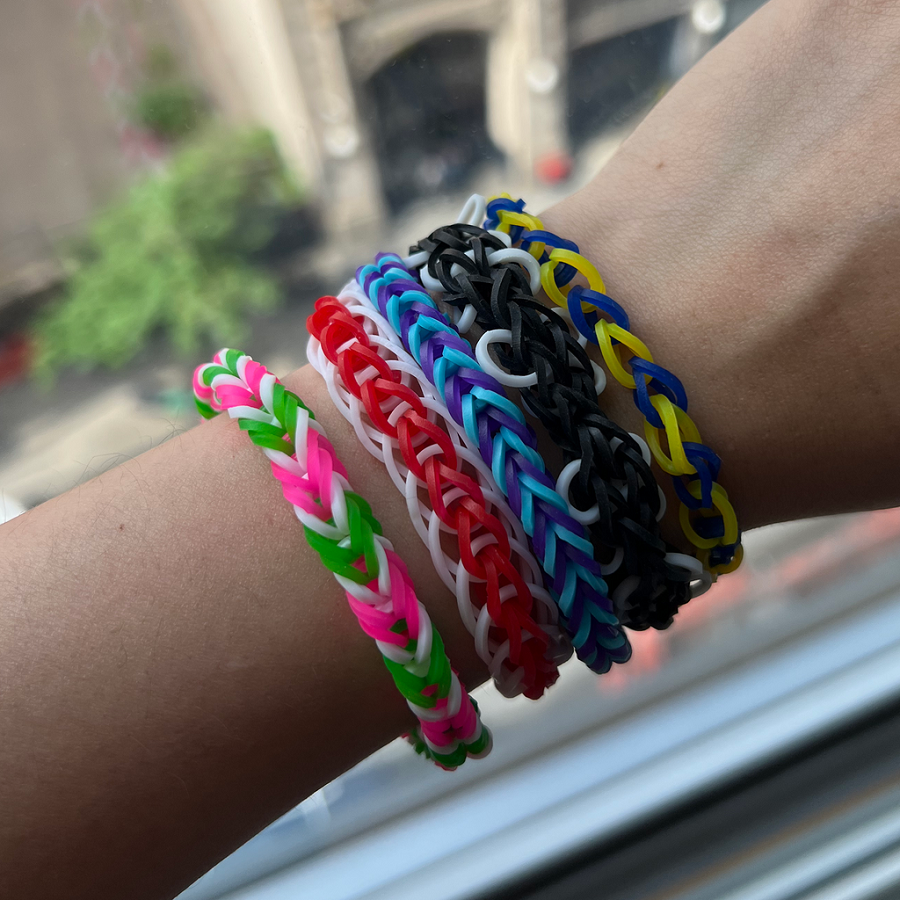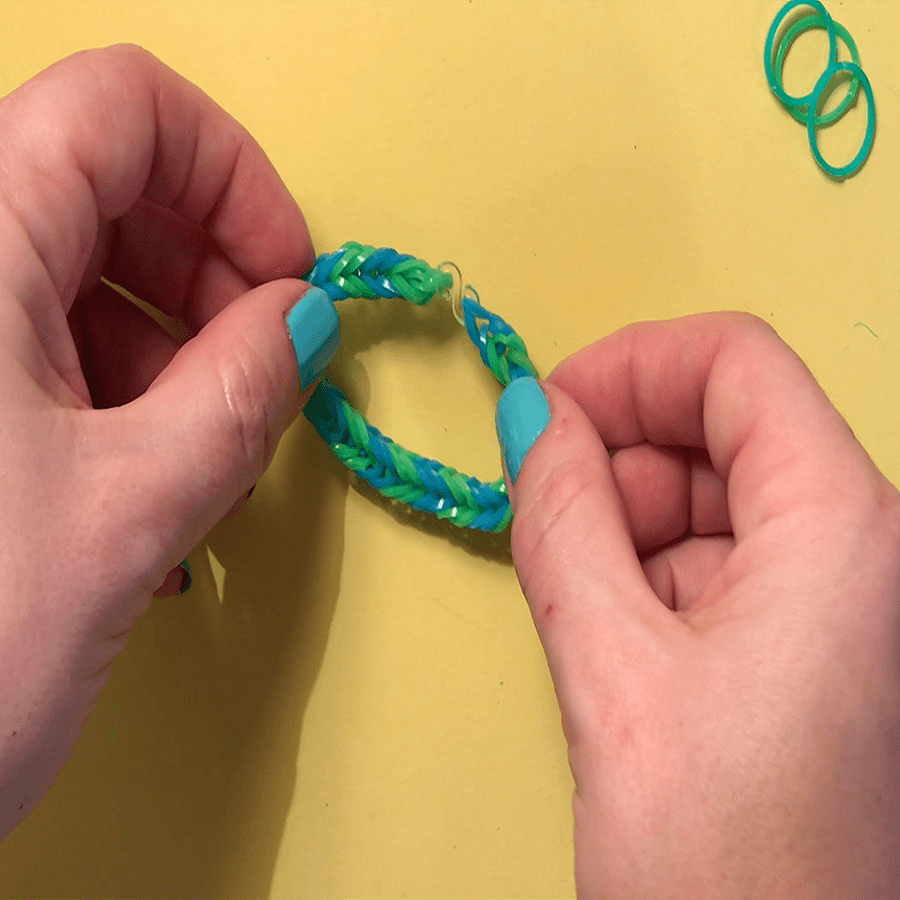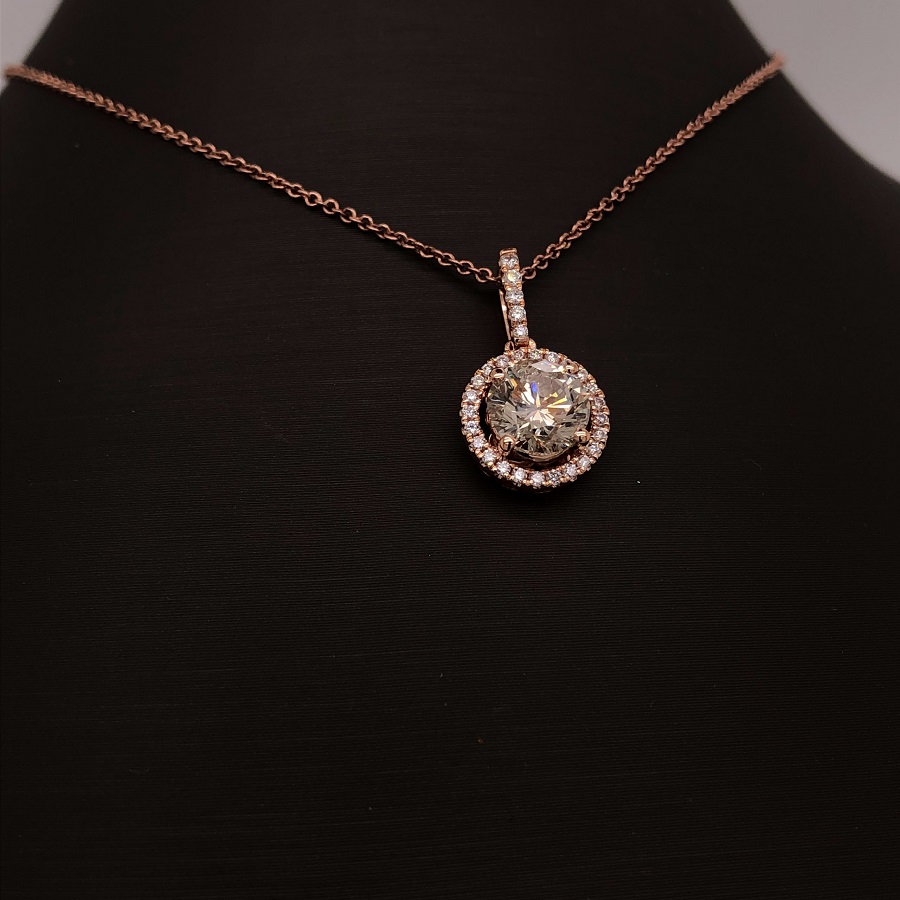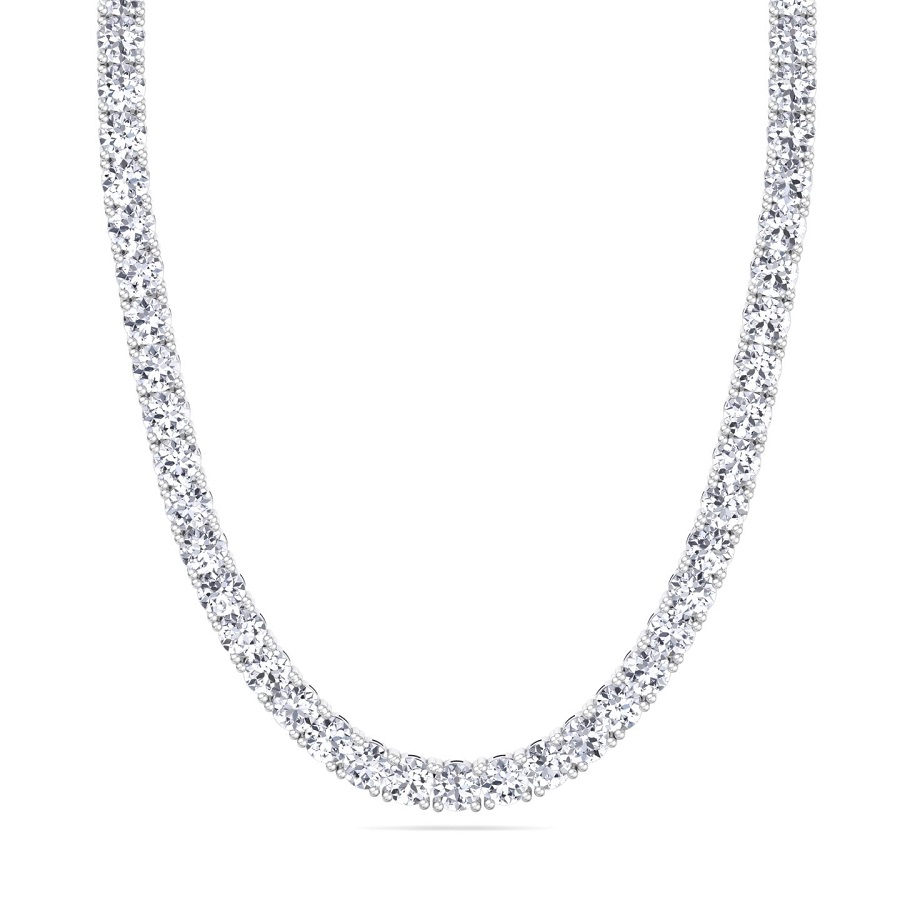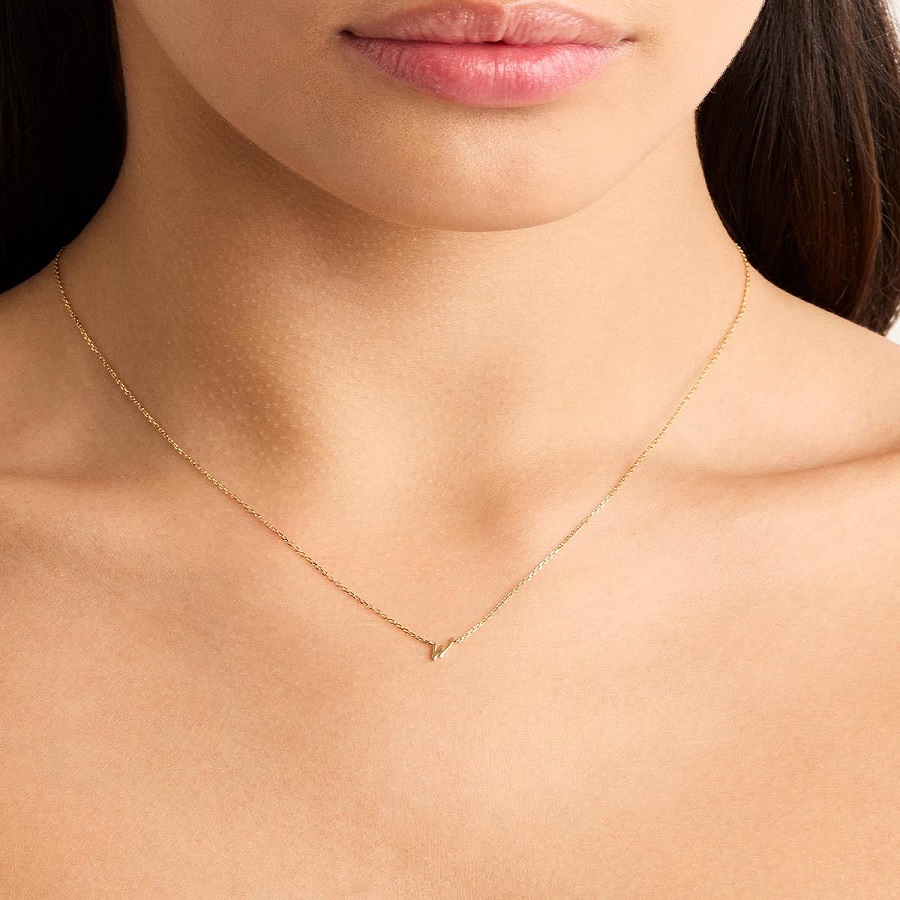Introduction to Rubber Band Bracelets
Rubber band bracelets are a popular and fun craft for all ages. From vibrant colors to intricate designs, these bracelets allow for a vast array of creative expressions. Whether you’re crafting with friends, making gifts, or seeking a relaxing hobby, rubber band bracelets offer something for everyone.
In the past, these bracelets gained fame through trends like ‘loom bands’. Now, they continue to evolve with new designs and techniques emerging regularly. People often create these bracelets using a loom, but some designs don’t require one. This flexibility is what makes rubber band bracelets a versatile and accessible craft.
These bracelets are also a great way to improve fine motor skills and learn about color combinations and patterns. They can be as simple or complex as you wish, making them perfect for beginners and experienced crafters alike. In this guide, you’ll learn how to make a rubber band bracelet, starting with the materials and basic techniques, advancing to more intricate projects like the spider rubber band bracelet.
By following the steps outlined in this guide, you’ll soon be creating unique and personalized rubber band bracelets. Let’s dive into this colorful and exciting world of DIY crafting!
Essential Materials for Crafting Rubber Band Bracelets
To start making rubber band bracelets, you need a few basic materials. Here’s what to gather before you begin your crafting adventure:
- Rubber Bands: The stars of your project. Choose assorted colors for variety. Ensure they are stretchy and durable.
- Loom or Hooks: For some designs, a loom helps align bands. Hooks work for simpler patterns.
- S-Clips or C-Clips: These small clips secure the ends of your bracelet together.
- Crochet Hook: Makes looping and weaving bands easier without a loom.
- Pencil: To mark placement for pins or to help with the design process.
- Pushpins: Necessary if you decide to create your own loom.
- Chunk of Wood: Can act as a makeshift loom with pushpins hammered in.
- Drill with Drill Bit: Drill a hole into wood to make a loom like in Reference Blog1.
Choose materials based on the bracelet you want to create. For simple designs, rubber bands, clips, and a crochet hook might suffice. For more complex bracelets, you might need a loom or a custom board with pushpins. Remember, quality matters. Proper materials will make crafting easier and your bracelets more durable. Keep these items on hand as you work through the tutorials in this guide.
Basic Techniques for Rubber Band Bracelet Making
Mastering a few basic techniques can transform your rubber band bracelet making from novice to pro. Let’s explore essential skills that will enhance your crafting.
Looping and Weaving
Start by placing a single band on your loom or makeshift loom pins. Stretch the band between two pins, twisting slightly to create a figure eight. This loop serves as the foundation for additional layers. As you add more bands, weave them through the existing ones using a crochet hook. This interlocking forms a durable and flexible bracelet structure.
Creating Patterns
Patterns bring life to your bracelets. Begin with simple alternating colors for a striped effect. As you gain confidence, incorporate more complex patterns like chevrons, fishtails, or even alphabetic sequences. Use a pencil to sketch out designs before starting, to plan the band placement accurately.
Adding Layers
Layers add thickness and strength to the bracelet. Simply loop additional bands over the initial foundation loops. Be sure to press down the previous layers with your hook or fingers for a compact and neat structure. This method also allows for mix-and-match color variations, making each bracelet uniquely personal.
Practicing these techniques will greatly improve the look and quality of your rubber band bracelets. Remember, each bracelet you create enhances your skill and unleashes your creativity.
Step-by-Step Tutorial: Crafting a Simple Loom Bracelet
Ready to craft your first rubber band bracelet? Here’s a simple tutorial using a loom. Before you start, make sure you have your rubber bands, loom, S-clips or C-clips, and a crochet hook handy.
- Select Your Rubber Bands: Choose colors that go well together. Pick out enough to make a bracelet of your desired length.
- Place the First Band: Take a band and stretch it across two pegs on your loom, forming a figure-eight shape.
- Add More Bands: Loop a second band above the first without twisting it.
- Start the Weaving: Use your hook to lift the bottom loop of the first band over the top band and off the peg, for both sides.
- Continue Adding Bands: Keep adding bands and looping the bottom band over the top one. This creates the bracelet’s chain.
- Check the Length: Periodically pull your bracelet down to check its length. Stop when it can wrap comfortably around your wrist.
- Secure the Ends: Once you reach the desired length, remove the last loop from the loom and attach an S-clip or C-clip.
- Finish the Bracelet: Loop the other end of the bracelet into the clip. Make sure it’s secure before wearing.
There you have it—a simple, elegant rubber band bracelet made by you. With these steps, you’ll be able to create bracelets that match your style. Have fun experimenting with colors and enjoy your creation!
Creative Variations: Designing Unique Bracelet Patterns
Once you’ve mastered basic bracelet making, it’s time to explore creative variations. Unique patterns make each bracelet stand out. From simple tweaks to detailed designs, you’re only limited by your imagination.
Start with Color Combinations
Begin by mixing colors in unexpected ways. Contrast bright colors against dark for a bold effect. Or, try a monochrome palette with subtle shade differences. This adds depth.
Experiment with Band Placement
Change how you place bands on the loom. For example, overlap bands for a textured look. Or, alternate band directions for a zigzag pattern. These changes create visual interest.
Incorporate Beads or Charms
Add small beads or charms to your bracelet for extra flair. Slide them onto bands before looping. Ensure they’re secure to avoid losses.
Try Different Weaving Techniques
Weaving bands in new ways can result in cool effects. Use the fish tail technique for a braid-like style. Or, create a ladder pattern for a more intricate look. Look up tutorials for step-by-step guidance.
Stack Bracelets for a Layered Look
Don’t stop at just one bracelet. Craft several with different patterns. Wear them together for a stacked appearance. This is trendy and allows for more color play.
Remember to keep creating and experimenting. The more you practice, the more unique patterns you will discover. Have fun with it and show off your personalized creations!
Advanced Projects: Spider Rubber Band Bracelet Creation
Creating a spider rubber band bracelet is perfect for those who enjoy detailed crafts. This project takes the DIY bracelet-making experience to an advanced level, merging creativity with complexity. Start with a medley of colorful rubber bands and basic crafting tools to bring this creepy-crawly accessory to life.
Gather Your Materials
Before diving into the creation process, ensure you have all necessary items:
- Rubber Bands: You will need colors like purple for the body, black and white for legs, and pink for eyes.
- No Loom Needed: This project doesn’t require a loom, making it accessible and straightforward.
- Skeleton Technique: Learn how to connect bands end-to-end for constructing the spider’s body and head.
- Beads for Legs: Use the beading technique to add bulk to the spider’s legs for a more realistic effect.
Crafting the Spider Body and Head
Start by building a skeleton frame with your chosen rubber bands. Gradually shape the head and body by adding more bands for volume. Use loops creatively to attach different parts, ensuring the structural integrity and design accuracy of your spider.
Creating and Attaching the Legs
Fashion each leg by interconnecting black and white bands. Attach them strategically around the neck and body of the spider. Employ the beading method to thicken each leg, enhancing the spider’s overall appearance.
Adding Details and Final Touches
Don’t forget the small yet significant features like the eyes. Use a few pink bands strategically placed to mimic the eerie look of a spider’s eyes. Once all parts are assembled, you can adjust the positioning to make your spider appear life-like.
Web Crafting
The last step involves crafting a web, which can be a bit tricky but rewarding. Use white and purple bands to design a supportive web structure under the body, incorporating it into the overall aesthetic.
This advanced project not only challenges your crafting skills but also results in an exceptional and quirky rubber band bracelet. Perfect for Halloween or as a unique gift, the spider bracelet stands out as a testament to your creativity and attention to detail.
Embrace the complexity of this project and enjoy crafting a unique piece that’s sure to capture everyone’s attention whenever you flaunt it!
Finishing Touches: Adding Clips and Closing the Bracelet
After you’ve created your rubber band bracelet, the final steps involve adding clips and securely closing it. These steps are crucial to ensure your bracelet is ready to wear and looks polished. Here’s how to finish your bracelet smoothly and effectively.
Selecting the Right Clip
Choose either an S-clip or a C-clip based on your preference. Both types work well for securing the ends of rubber band bracelets. Ensure the clips are sturdy and match the size of your bands to hold everything neatly.
Attaching the Clip
- Stretch the Last Band: Take the last rubber band loop from your loom or hand setup.
- Hook the Clip: Attach one side of the clip to this last loop.
- Secure the Other End: Stretch the bracelet slightly to attach the other end of the bracelet to the opposite side of the clip.
Closing the Bracelet
- Check for Gaps: Ensure there are no gaps and that the bands are neatly aligned in the clip.
- Pull Gently: Give a gentle pull to make sure the clip holds securely and won’t snap off.
- Adjust if Necessary: Make any final adjustments to ensure the bracelet sits comfortably on your wrist.
These finishing touches not only secure your bracelet but also ensure it has a neat and appealing look. Remember, the right clip and proper closure make a significant difference in the lifespan and appearance of your rubber band bracelet. Enjoy wearing your creation or gifting it with pride!
Tips for Customizing and Personalizing Your Bracelets
Personal touches turn a simple bracelet into something special. Here are ways to make your rubber band bracelets your own:
- Choose Unique Colors: Start by picking colors that reflect your style or mood. Mix and match to find a combo that pops.
- Add Letters or Numbers: Use alphabet beads to spell out a name, initials, or a meaningful date. This adds a personal message to your design.
- Include Charms: Attach small charms to your bracelet for a unique twist. Pick symbols that mean something to you.
- Play with Textures: Mix in bands with different textures or finishes for an unexpected touch. Glitter bands or glow-in-the-dark options can add fun elements.
- Adjust the Size: Make bracelets that fit just right. Add or remove bands to get the perfect fit for your wrist or for a friend’s.
- Create a Theme: Craft a set of bracelets around a theme, like your favorite sports team or holiday colors. This brings a story to your creation.
- Gift Customization: When making a bracelet as a gift, think about what the recipient loves. Their favorite colors or interests can guide your design choices.
By applying these tips, you’ll create bracelets that are not only handmade but also heartmade. Each piece will showcase your personality and crafty skills.
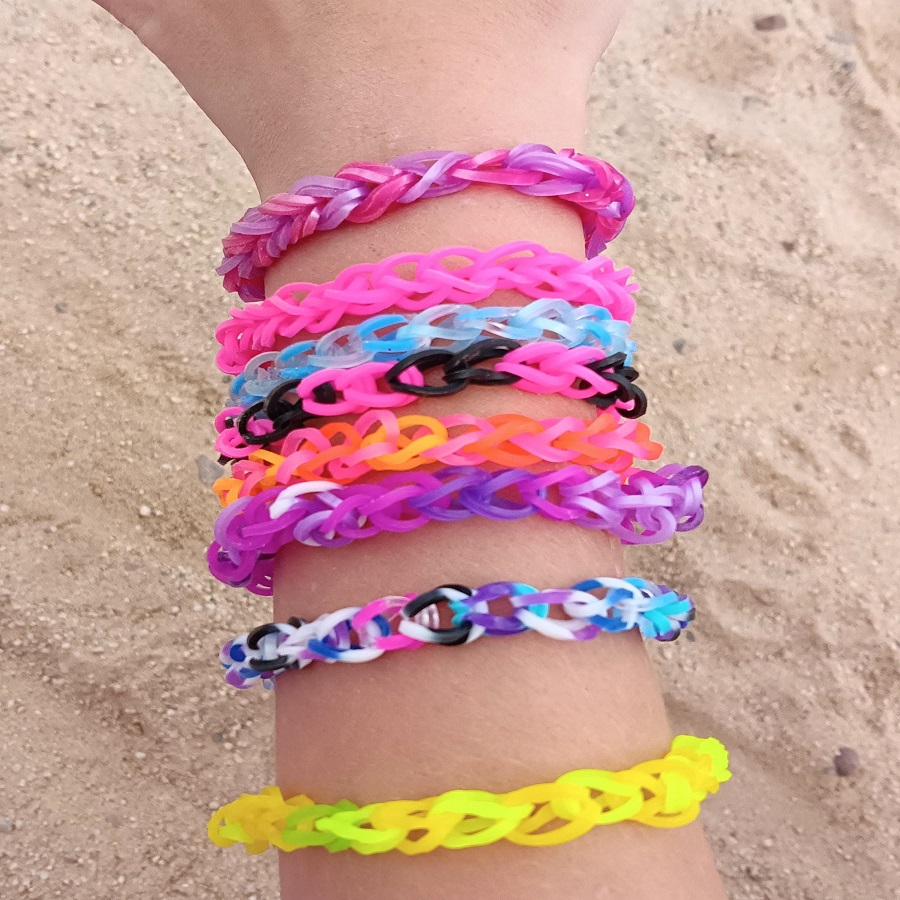 Troubleshooting Common Rubber Band Bracelet Challenges
Troubleshooting Common Rubber Band Bracelet Challenges
When crafting rubber band bracelets, you may encounter some issues. Here are common problems and how to fix them:
Bands Keep Breaking
This often happens with low-quality rubber bands. Make sure to use durable, stretchy bands. If they keep snapping, try doubling the bands for extra strength.
Bracelet Falls Apart
Check if you’re securing the bands properly. Each loop must be pulled tight and hooked correctly. Practice makes perfect, so keep trying.
Clasp Won’t Hold
Pick the right size clasp for your bands. If it slips off, double-check that you’ve pushed all loops completely onto the clasp before closing.
Uneven Bracelet Patterns
Take your time and follow your pattern closely. Unevenness usually occurs if bands are twisted or misplaced. Use a pencil to guide placement.
Difficulty Following Tutorials
Start with simple designs. As you get more comfortable, slowly move on to complex patterns. Remember, practice is key to success.
By addressing these challenges, your bracelet-making skills will improve. Keep crafting, and remember to enjoy the process!
